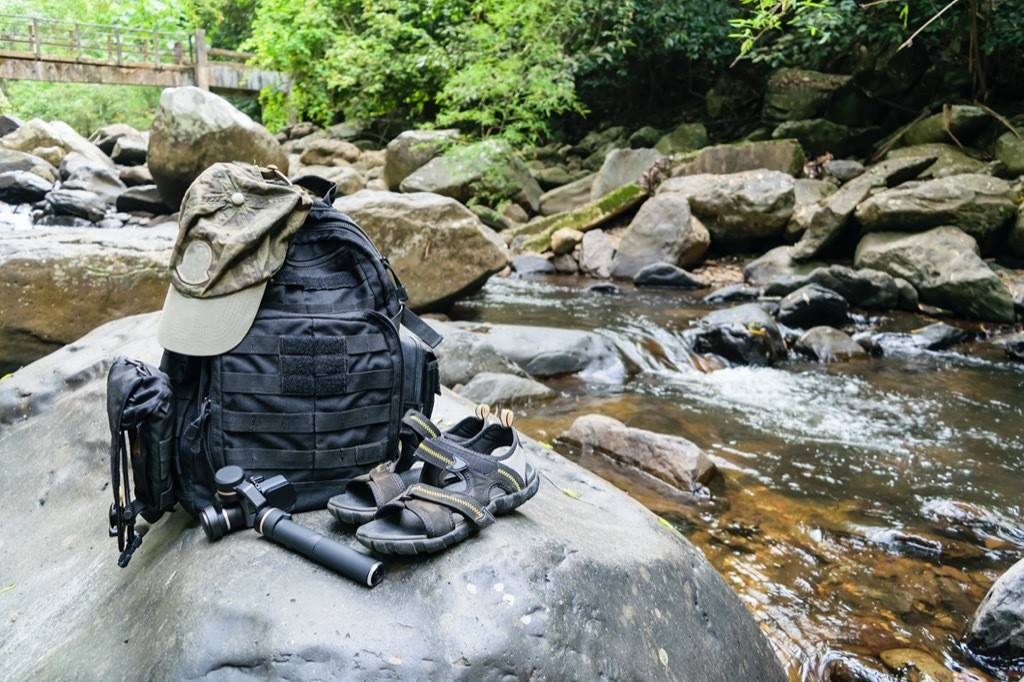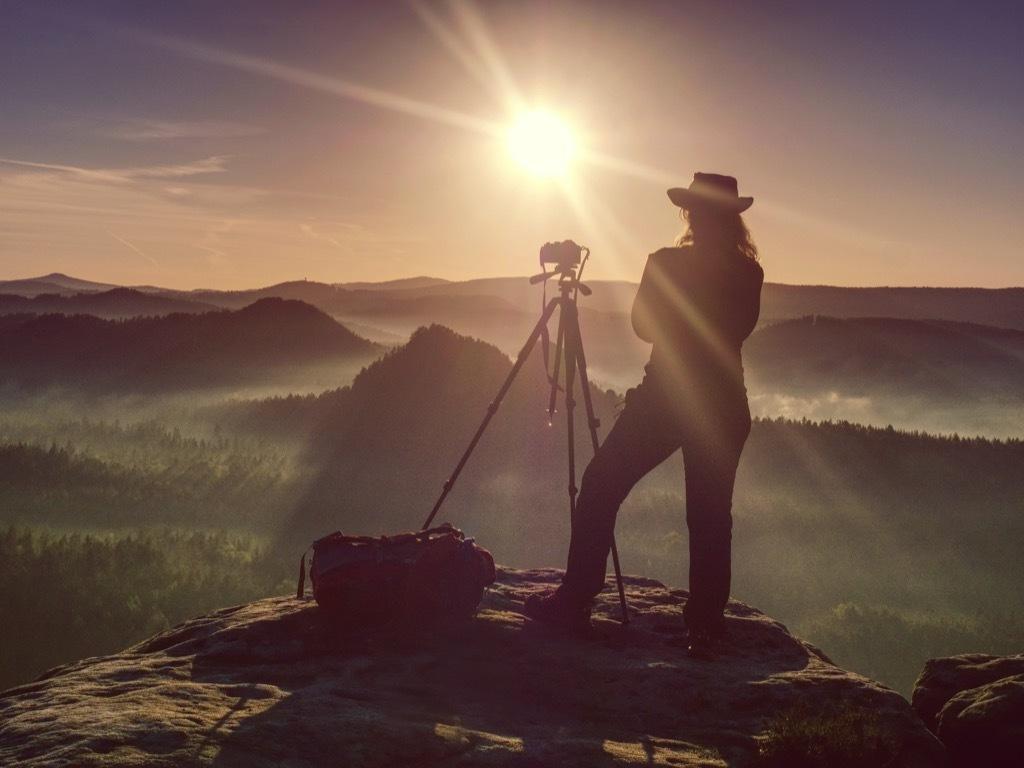The call of the great outdoors. Now maybe like never before has the allure of getting away from civilization to lose yourself in nature been so strong.
Whether you live in an area that has green lighted outdoor camping, or you are just looking forward to the day when you are free to flee again, now is the time to start planning your next trip. And as a photographer, a little extra planning up front can mean the difference between capturing all of nature’s splendor by having the right equipment along for the trip – or not.
Every time I head out the door for a photo shoot, it feels like an internal tug of war. On the one hand, I want to make sure I take everything I think I’ll need during the shoot – but on the other hand I don’t want to have so much stuff with me that I need to hire a pack mule to follow with all of my gear.
Here is a basic checklist to consider the next time you head out the door for the great outdoors.
Basics
Obviously, you won’t be shooting without a few of the basics, but even these can be variable depending on the type of shoot you are going on.

First consider the camera body(s). My practice is to always carry two camera bodies in case something happens to one on the trip. When balancing between having the extra weight or leaving yourself unprepared, consider taking a smaller point and shoot camera instead of a second DSLR body.
Next consider the number and type of lens. I find that having two zoom lenses, one in the wide-angle range and one in the telephoto range will fill most of my outdoor shooting needs. There are exceptions to this if you know there is a specific subject you will be shooting.
For example, if you will be doing astrophotography, consider taking a fisheye or ultra-wide lens. If there is a particular animal or bird you will want to shoot, think about your 500 mm prime lens. Looking for unique textures, then throw in your Macro lens. Do a little research about the region you will be in to help prepare for that possible once-in-a-lifetime shot.
Memory card in camera – Check to make sure that the card in the camera has the capacity to shoot what you have in mind – and then add 50% or more to that number. At a minimum, check that there is a memory card in the camera! Know if you want to shoot RAW and/or video when calculating how large a card to take, and then double it. Memory cards are both cheap and light, and you can never have too many.
A flashlight is a good idea anyway when camping in the wild, and a headlamp that lets you use hands free when shooting at night can be a real lifesaver.
Harness/Strap/Backpack/Tote – Here it is important to balance easy access to camera versus easy ability to carry and maneuver with the camera. I like using a harness when hiking or otherwise doing a lot of physical activity and having my extra gear in a backpack for easy access.

Weather and maintenance
Weather can be unpredictable especially when it is just you and the elements. At a minimum, plan on taking basic precautions to protect yourself and your gear. Use small plastic bags to protect the camera from rain or excess and humidity as well as to store extra batteries and memory cards. Add lens hoods to block out precipitation and harsh sunlight. Depending on the climate and forecast, include a sensor cleaner and soft lens cloth to wipe away the elements as needed.

Stabilization
I like to take some way to stabilize the camera on a location shoot. Which type to will depend greatly on how much you want to carry versus how much stability you think you’ll require. Small flexible gorilla pods give a lot of benefit of a tripod when a sturdy surface can be found. It can also be handy to hook onto moving object when it’s impossible to hand hold. Monopods can double as walking sticks when hiking or and they fold up nicely when not needed. A tripod will be must for night shooting, video, or when you want to include yourself in the image.
Special considerations
You know how you like to shoot – so think about your unique needs when creating your camping checklists. A few things to consider are a remote timer or release for bulb shooting or multi-frame images like star trails, camera manuals if you are unfamiliar with your gear, and model releases if you are looking to use the images in commercial applications.
Getting away from it all is the allure of going camping in the first place, so use a common sense checklist to help prevent you from taking it with you after all.
